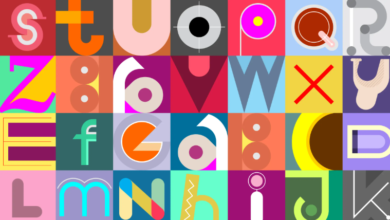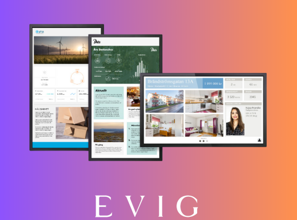The Advantages of Bluetooth-Capable Hearing Aids in Today’s Era

Hearing aid technology has evolved remarkably over recent decades, with Bluetooth connectivity representing one of the most significant advancements. Modern hearing aids are no longer simple amplification devices but sophisticated communication tools that integrate seamlessly with our increasingly connected world. For the millions of people experiencing hearing loss, Bluetooth-capable hearing aids offer unprecedented functionality and convenience that transform how they interact with technology and their environment.
Direct Audio Streaming
Bluetooth hearing aids can connect directly to smartphones, tablets, computers, and other audio sources. This direct streaming eliminates the frustrating background noise that often interferes with traditional hearing aids. Users can enjoy phone conversations, music, podcasts, and audiobooks with crystal-clear sound delivered straight to their hearing aids.
The difference is remarkable. Instead of struggling to position a phone near both a hearing aid and the ear, users can engage in hands-free calling with audio streaming directly to both hearing aids simultaneously. This creates a more natural listening experience. Music appreciation returns as nuances previously lost become audible again. Television viewing no longer requires volume levels that disturb others in the room.
See also: How to Compare Plastic Molding Machine: Buyer’s Guide
Personalized Control Through Smartphone Apps
Companion smartphone applications have revolutionized how users interact with their Bluetooth capable hearing aids. These intuitive apps allow for:
- Volume adjustments for each ear are made independently
- Creation of custom settings for different environments
- Adjustment of bass, middle, and treble frequencies
- Activation of specialized listening programs
- Battery level monitoring and device location tracking
This personalization happens discreetly. Users can make adjustments without drawing attention to themselves by touching their hearing aids in public. The ability to fine-tune settings for specific environments means optimal hearing, whether in a busy restaurant, quiet library, or outdoor setting.
Enhanced Communication in Challenging Environments
Modern environments present numerous hearing challenges. Bluetooth hearing aids offer specialized features to address these difficulties. Many models include directional microphones that can focus on conversations directly in front of the user while reducing background noise.
Some advanced models can even isolate specific voices in crowded settings. This technology helps bridge the communication gap that often exists for people with hearing loss in social situations. Meetings become more productive. Social gatherings become enjoyable rather than exhausting. The mental fatigue associated with straining to hear diminishes significantly.
Telehealth Compatibility
The healthcare landscape continues to evolve toward remote care options. Bluetooth hearing aids perfectly complement this trend. Audiologists can now perform remote adjustments to hearing aid settings without requiring in-person visits.
This feature proves especially valuable for those with mobility limitations or those living in rural areas. Users can discuss challenges they’re experiencing in real-time while audiologists make immediate adjustments. Follow-up care becomes more convenient and timely. This ongoing support ensures hearing aids continue performing optimally throughout their lifespan.
Future-Ready Technology
Investing in Bluetooth-capable hearing aids means preparing for a future where connectivity continues to expand. These devices receive regular firmware updates that introduce new features and improvements. As smart home technology advances, many hearing aids now connect to doorbells, security systems, and other household devices.
The technology continues to advance rapidly. Newer models incorporate health monitoring features like step counting and fall detection. Some can even detect and analyze the wearer’s social engagement patterns. This evolution represents a shift from single-purpose medical devices to multifunctional health and communication tools.
Bluetooth hearing aids represent a significant step forward in addressing both the auditory and social aspects of hearing loss. By bridging the gap between hearing assistance and mainstream technology, these devices help users maintain independence, connection, and engagement in their daily lives. For many users, the investment in this technology delivers benefits that extend far beyond improved hearing—it restores confidence and reconnection with the world of sound.





